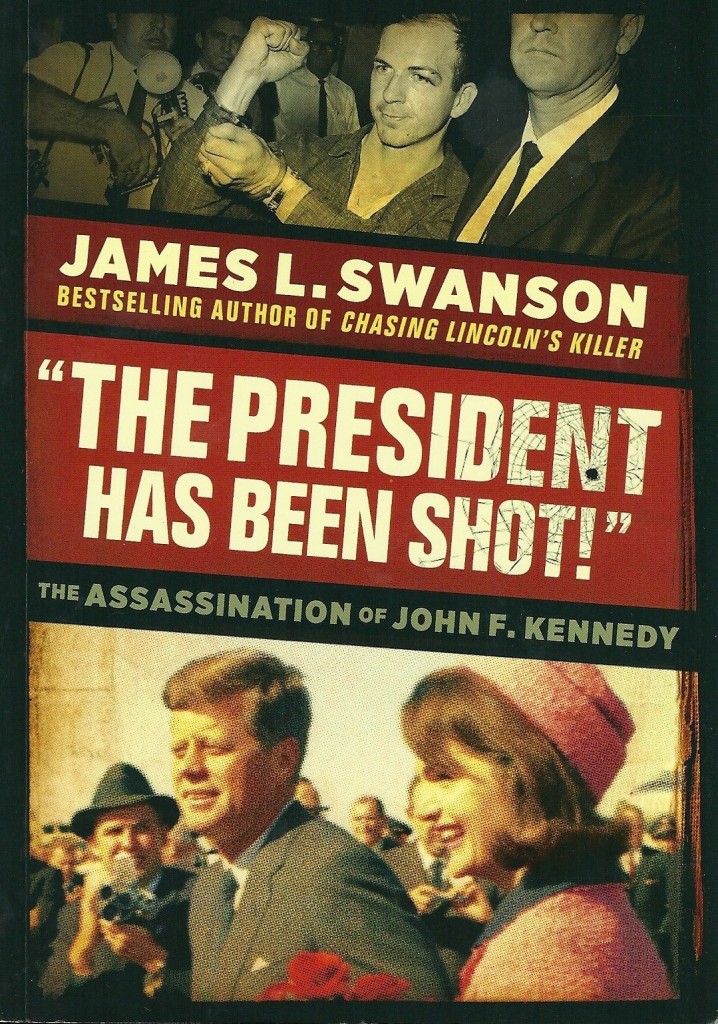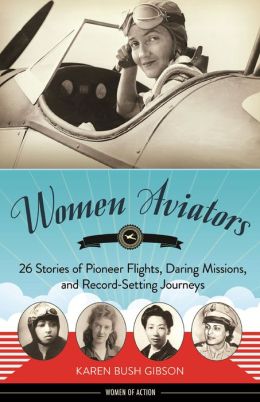Hello. Thanksgiving has passed. Remind me to tell you about all the pies I baked and all the pies I ate. Or not, actually, because I might be in a bit of a dessert-related shame spiral. Just might be. All I’ve done for the past four or five days is bake pies, eat pies, think about baking or eating pies, listen to Pentatonix CDs in preparation for the triumphant return of The Sing Off…
and read nonfiction books.
Look, guys. The YA nonfiction committee may not have the glam of YA fiction or Speculative Fiction. It may not have the prestige of the picturebook or the middle grade. But I do not care one lick. First of all, those volunteers are saints. SAINTS. Have you seen how many YA books get nominated?? It’s a huge task. I may whine about Cybils reading, but at the end of the day, it’s manageable. But more importantly, it’s useful. You know who hated history classes from kindergarten all the way through college? Me. Reading a few dozen YA nonfiction titles each year is like a catch-up on cultural moments and events that I diligently ignored during my formal schooling. It makes me feel smarter! Which is, of course, the best reason to join a committee. I am so altruistic you guys.
Anywho, because I was a historical delinquent for the first 25 years of my life, I enjoy uncovering past events that spark my interest in that weird, itchy obsessive kind of way. Enter: The Kennedys. James L. Swanson’s “The President Has Been Shot!” – an adaptation of his adult book on the same topic – focuses on Kennedy’s assassination rather than his entire life. Swanson takes the reader through the event with a careful, well-paced specificity; never boring, and – impressively – never feeling too fabricated. I read through Bill O’Reilly’s Kennedy’s Last Days a few weeks back and was rather disturbed by the amount of “creative” nonfictioning going on – sorry, Bill, I don’t think you can prove that Kennedy buttoned his coat absentmindedly while thinking about Cuba. If you can, then for goodness sake give me a citation! After reading these two titles, though – and reading another book about rich white folks with crazy family problems who summer on Nantucket – I have Kennedy fever. I want to read morrrrrreeeee. Maybe The Patriarch?
Speaking of crazy families, enter The Bronte Sisters. Longtime readers know that in addition to snoring through history class, I ignored my English class reading as well. What was I even doing in high school? I have no idea. Writing collaborative stories with friends that slandered each and every one of our classmates. Singing in choir. Getting A’s while putting in the smallest possible amount of effort. Not reading Wuthering Heights or Jane Eyre, that’s for sure.
Now I would like to. I have read a few literary biographies for young readers now, and I have to say I really dig the structure. The biographies typically begin with the author’s childhood, focusing on incidents and experiences that would prove relevant to their writing careers and the subjects of their most well-known novels. The biography’s “climax” comes when that story is written or published, followed by a chapter consisting of a plot overview. In whole, the book becomes one part biography, one part biographical/historical literary analysis, one part book marketing.
Whether or not teen readers find this type of book as fascinating as I is a different question altogether. A question I will ignore in the hopes my fellow committee members will pick up my slack.
It would be incorrect of me to state that Karen Bush Gibson’s Women Aviators: 26 Stories of Pioneer Flights, Daring Missions, and Record-Setting Journeys covers EVERY FEMALE AVIATOR to ever take to the skies. There are more than 26 female aviators in existence. Yes. But man, this book just feels so expansive – in a good way, of course. These are ladies who broke race, class, and gender barriers so they could do bad-ass stuff like fly around the globe and beat speed records and save people’s lives in wartimes. In the midst of all these plane stories, I got the feeling that these ladies might someday fade from the public memory – that Gibson is similarly bad-ass for taking on this literary task.
This title is a great example of one of the primary conflicts I face while trying to judge nonfiction titles is the balance between Information Content and Readability. Creating a readable work of nonfiction – one that attends to language, pace, story, and structure – is likely an extremely difficult task, and a commendable one. Remember Sleepy Jessica in history class? She might have read “The President Has Been Shot” – or, last year’s critical darling and Cybil’s winner Bomb. However, Sleepy Jessica also needed to write history reports and other assignments. And what about her classmates who have a higher tolerance for informative text? Perhaps even prefer a slew of facts to fiction? When read in one go, the stories in Women Aviators tend to blur together – every lady had a clear memory of their first encounter with planes, had some challenges, overcame them, etc. However, to automatically privilege a more narrative work over an book that serves more of a reference purpose than a smooth, cover-to-cover reading experience would be short-sighted. I am reminded of Vicki Smith’s article from this year’s Heavy Medal – as a committee member, I try to avoid judging a book by my own tastes and instead, let the book teach me how to read it and, then, how to evaluate it.


